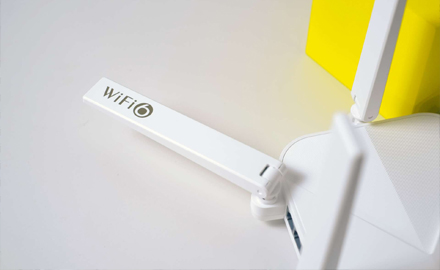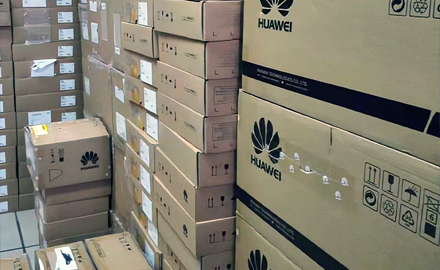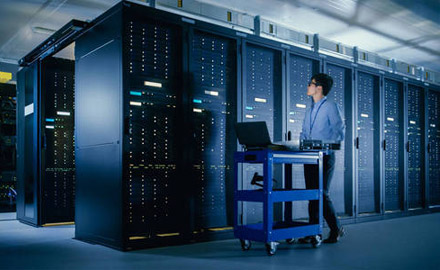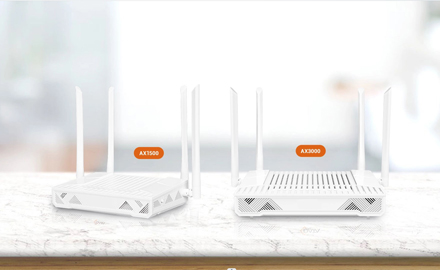Wi-Fi 6, also known as 802.11ax, represents the next generation of wireless networking technology, offering significant improvements over its predecessor, Wi-Fi 5 (802.11ac). In this comprehensive comparison, we'll explore the myriad advantages of Wi-Fi 6 over Wi-Fi 5 across various key aspects, ranging from speed and efficiency to capacity and reliability.

1. Speed and Throughput:
Wi-Fi 6 introduces several enhancements to increase data rates and overall network speed compared to Wi-Fi 5. With support for higher modulation schemes and wider channels, Wi-Fi 6 can achieve faster maximum data rates, potentially reaching up to 9.6 Gbps compared to Wi-Fi 5's theoretical maximum of 3.5 Gbps. This significant boost in speed translates to faster downloads, smoother streaming, and reduced latency, particularly in bandwidth-intensive applications like 4K video streaming and online gaming.
2. Efficiency and Spectral Efficiency:
One of the hallmark features of Wi-Fi 6 is its improved spectral efficiency, enabling more efficient utilization of available bandwidth compared to Wi-Fi 5. Through technologies such as Orthogonal Frequency Division Multiple Access (OFDMA) and Target Wake Time (TWT), Wi-Fi 6 allows for better resource allocation, reduced contention, and improved coexistence in congested wireless environments. This efficiency enhancement not only boosts overall network performance but also extends battery life for connected devices, making Wi-Fi 6 ideal for IoT deployments and battery-powered devices.
3. Capacity and Concurrent Connections:
Wi-Fi 6 introduces MU-MIMO (Multi-User, Multiple Input, Multiple Output) enhancements, building upon the capabilities of Wi-Fi 5, to support a higher number of concurrent connections and improve network capacity. Unlike Wi-Fi 5, which primarily focused on downlink MU-MIMO, Wi-Fi 6 extends MU-MIMO to both downlink and uplink transmissions, allowing multiple devices to transmit and receive data simultaneously. This increased capacity is particularly beneficial in dense deployment scenarios such as crowded public venues, offices, and smart homes, where numerous devices compete for bandwidth.
4. Range and Coverage:
While Wi-Fi 6 maintains similar transmit power levels to Wi-Fi 5, its improved efficiency and modulation schemes contribute to better range and coverage performance, especially in challenging environments with obstacles and interference. By leveraging technologies like Basic Service Set (BSS) Coloring and Enhanced Distributed Channel Access (EDCA), Wi-Fi 6 mitigates interference and improves signal reliability, resulting in more consistent coverage and fewer dead zones compared to Wi-Fi 5.
5. Security Enhancements:
Wi-Fi 6 incorporates enhancements to wireless security protocols, including the latest WPA3 encryption standard, to address vulnerabilities and strengthen network security compared to Wi-Fi 5. WPA3 introduces stronger encryption algorithms and protections against brute-force attacks, improving overall network security and safeguarding sensitive data transmitted over Wi-Fi networks.
6. Compatibility and Interoperability:
Despite its advancements, Wi-Fi 6 maintains backward compatibility with previous Wi-Fi standards, including Wi-Fi 5 (802.11ac) and Wi-Fi 4 (802.11n). This ensures seamless interoperability with existing Wi-Fi devices and infrastructure, allowing for gradual migration to Wi-Fi 6 without requiring a complete network overhaul. Wi-Fi 6-enabled routers and access points can coexist with older Wi-Fi devices, providing a smooth transition path for upgrading to the latest wireless technology.
7. Future-Proofing and Long-Term Investment:
As the latest evolution in wireless networking technology, Wi-Fi 6 represents a future-proof investment for organizations and individuals seeking to deploy high-performance, scalable wireless networks. By embracing Wi-Fi 6, users can benefit from enhanced speed, efficiency, capacity, and security while ensuring compatibility with upcoming Wi-Fi 6-enabled devices and applications. This long-term perspective positions Wi-Fi 6 as a strategic investment for meeting the growing demands of modern wireless connectivity.
Conclusion:
In conclusion, Wi-Fi 6 offers a multitude of advantages over Wi-Fi 5, ranging from faster speeds and improved efficiency to increased capacity, better coverage, enhanced security, and seamless compatibility. By leveraging advanced technologies and standards, Wi-Fi 6 delivers a superior wireless experience, making it well-suited for a wide range of applications, from residential and enterprise networks to IoT deployments and public Wi-Fi hotspots. As the new standard for wireless connectivity, Wi-Fi 6 sets the stage for a future where ubiquitous, high-performance wireless networking is the norm, empowering users with faster, more reliable, and more efficient connectivity solutions.
 The Difference Between AX1800 ONU and AX3000 ONU
The Difference Between AX1800 ONU and AX3000 ONU
 How are Huawei OLTs Classified?
How are Huawei OLTs Classified?
 The Future Trend of Optical Line Terminals (OLTs)
The Future Trend of Optical Line Terminals (OLTs)
 The Difference Between ONU and ONT
The Difference Between ONU and ONT